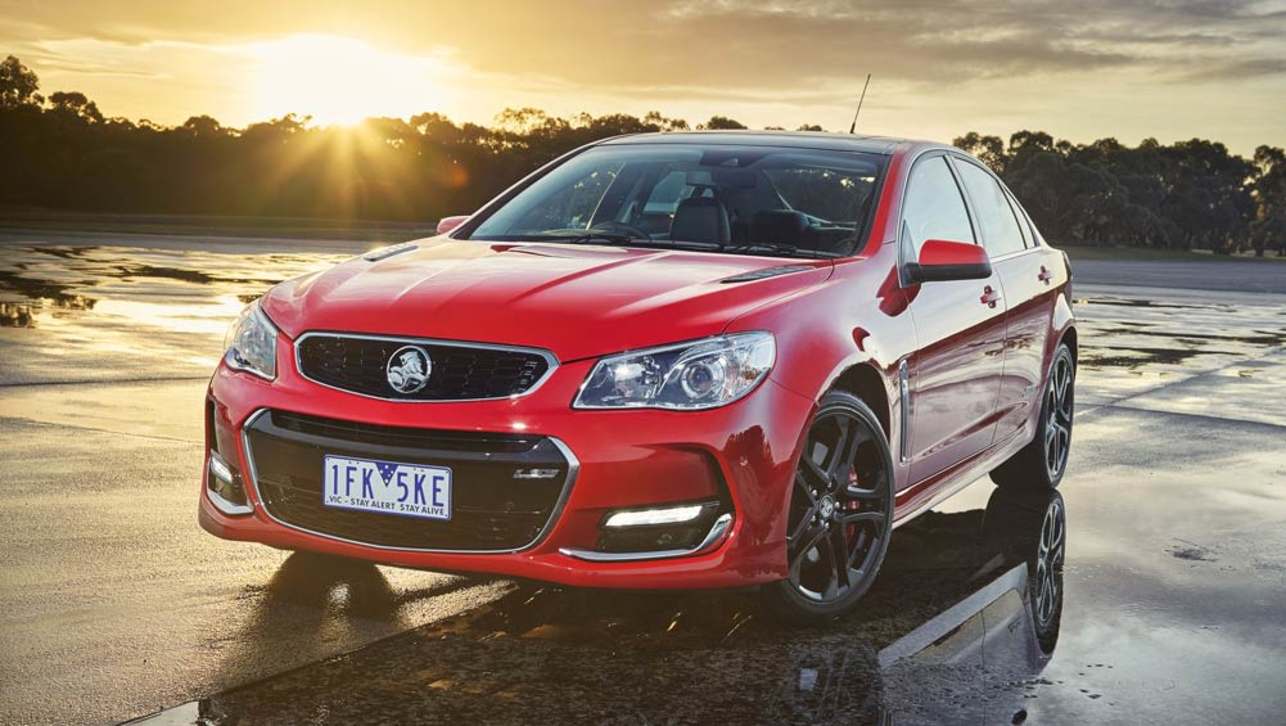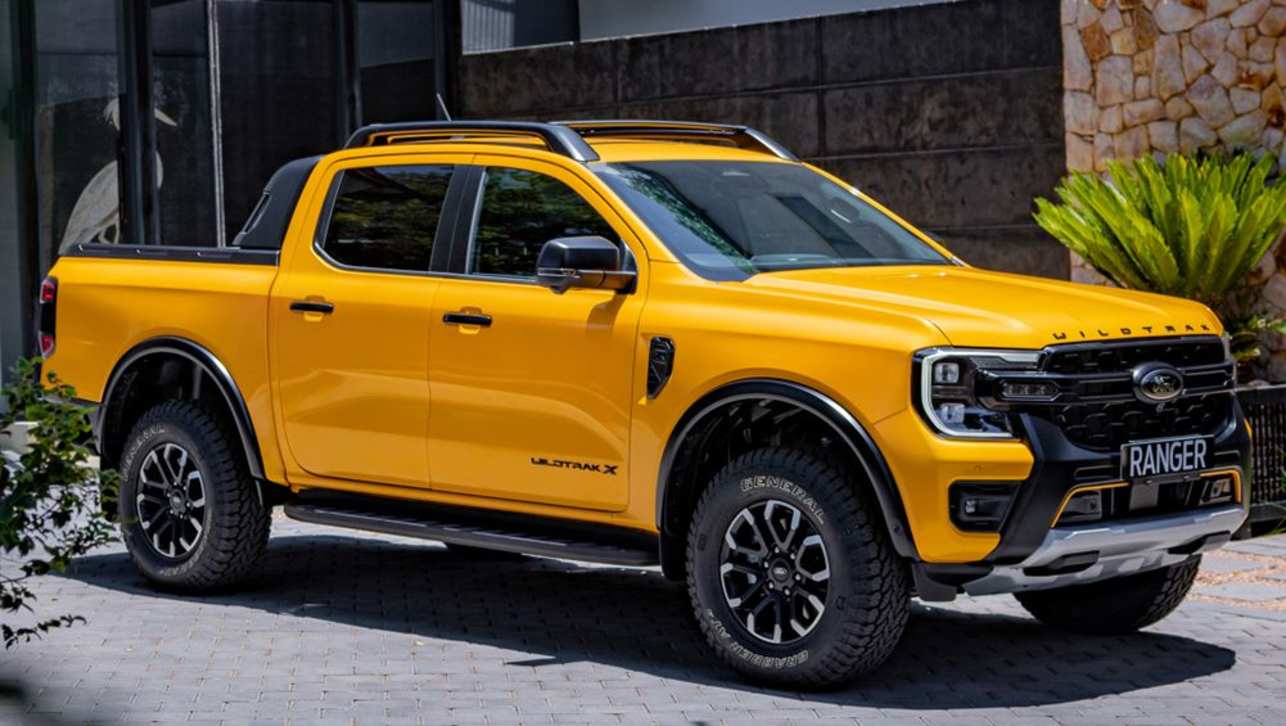Holden has announced its second biggest financial loss ever -- $255.2 million -- as its sales hit a 21-year low in 2014.
It means Holden has been in the red for eight of the past 10 years, posting only modest profits in 2010 ($112.4 million) and 2011 ($89.7 million).
The result wasn’t as bad as Holden’s previous year’s loss of $553.8 million, and was driven largely by redundancies and other costs linked to the 2017 closure of its car assembly line in Elizabeth in South Australia and the engine factory in Port Melbourne.
The result includes $345.9 million in “employment separation charges” and $9.36 million in asset write-downs.
Once costs associated with the factory shutdowns are excluded, Holden’s operating loss was $5.6 million in 2014.
However, the car maker received $80.8 million in government assistance, without which the financial loss would have been much higher.
The figures show Holden received almost twice as much taxpayer assistance as Ford and more than double what Toyota received over the same period.
The result was driven largely by redundancies and other costs linked to the 2017 closure of Holden's factories
By comparison, Ford Australia’s worst financial result on record was a loss of $274 million in 2008. Last year Ford lost $191 million.
Ford is due to close its factories in October 2016, one year before Holden and Toyota also shut their local factories.
Holden’s total revenue of $3.62 billion in 2014 was the lowest in at least 10 years, and down from $4.05 billion in 2013 and $4.02 billion in 2012, as sales hit a two-decade low.
Holden chief financial officer Jeff Rolfs said the 2014 result “does not surprise anyone, it’s completely expected”.
“These figures were expected and well within our forecast,” said Mr Rolfs.
“This is simply the cost of doing what we have to do, treating our people with dignity (and) to support our people with retraining and reskilling.”
Of the 3100 people employed at Holden there are currently 1200 on the production line in Elizabeth and 180 at the engine factory in Port Melbourne.
Mr Rolfs said the costs “ensure we transition in an orderly manner and build a sustainable and profitable future”.
“We have a very strong balance sheet, we have no debt, sufficient cash reserves and a healthy pension fund … something other companies aspire to,” said Mr Rolfs.
Mr Rolfs handled the briefing with media today as the newly appointed boss of Holden, Mark Bernhard, the first Australian to run the company in 25 years, was moving into his house after returning from an extended posting for General Motors in China.
Holden insists the financial loss means there are no plans to close the factories earlier than the proposed timing of late 2017, when the brand will become solely an importer of vehicles from the General Motors world, including South Korea, Thailand, the UK and Germany, where the next Commodore is likely to be sourced.
Holden says it will introduce 24 new models over the next five years, including a flagship sports-car believed to be the next generation Chevrolet Corvette, which is expected to be the only V8 left in Holden showrooms as the Commodore of the future switches to turbo V6 power.
“We think the way forward is bright for Holden,” said Rolfs, who would not divulge details of the future models due to replace the cars in Holden's aging line-up.
However, News Corp Australia understands most of the new metal arrives after the factory closures, which is still at least two years away.







.jpg)
.jpg)
.jpg)

.jpg)

.jpg)


.jpg)


.jpg)


.jpg)







Comments